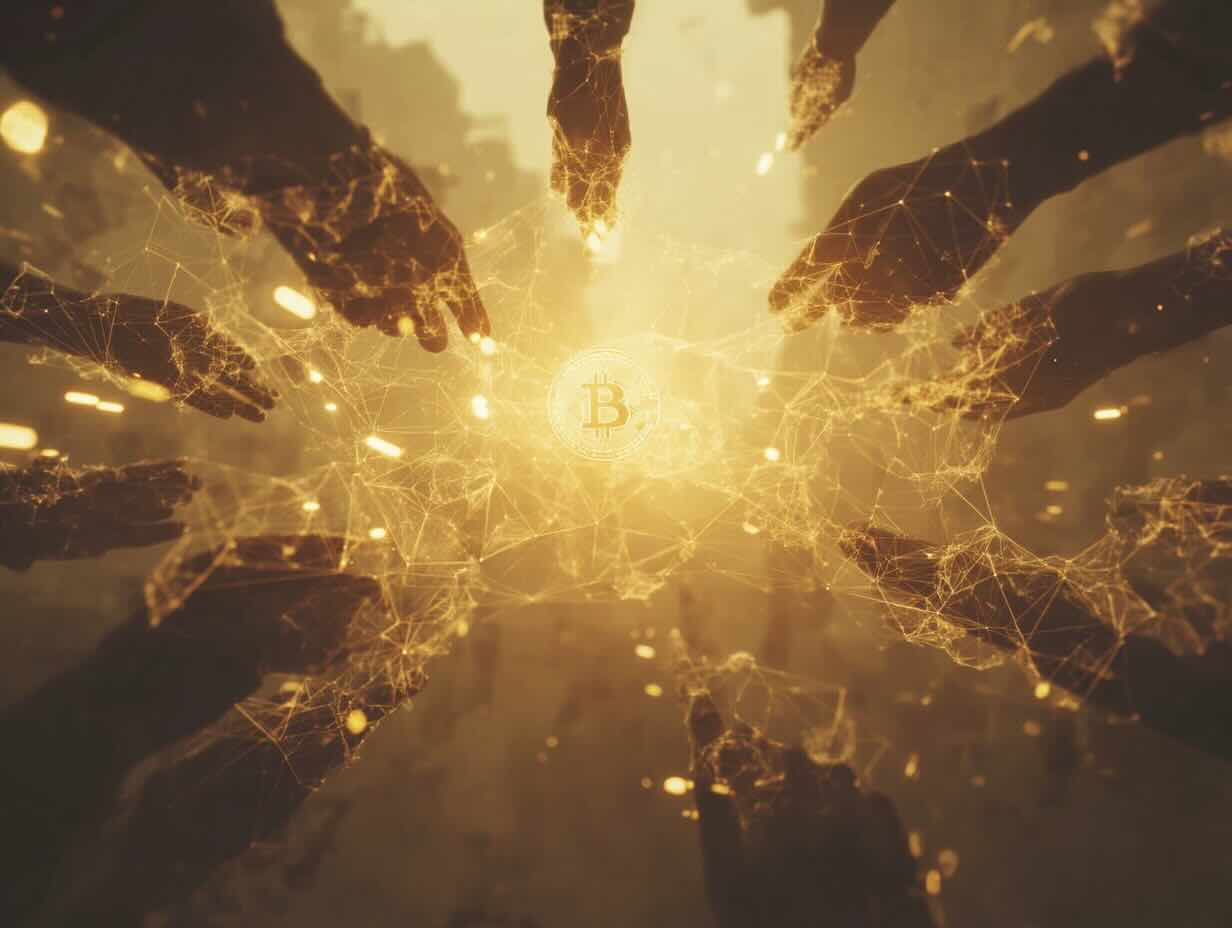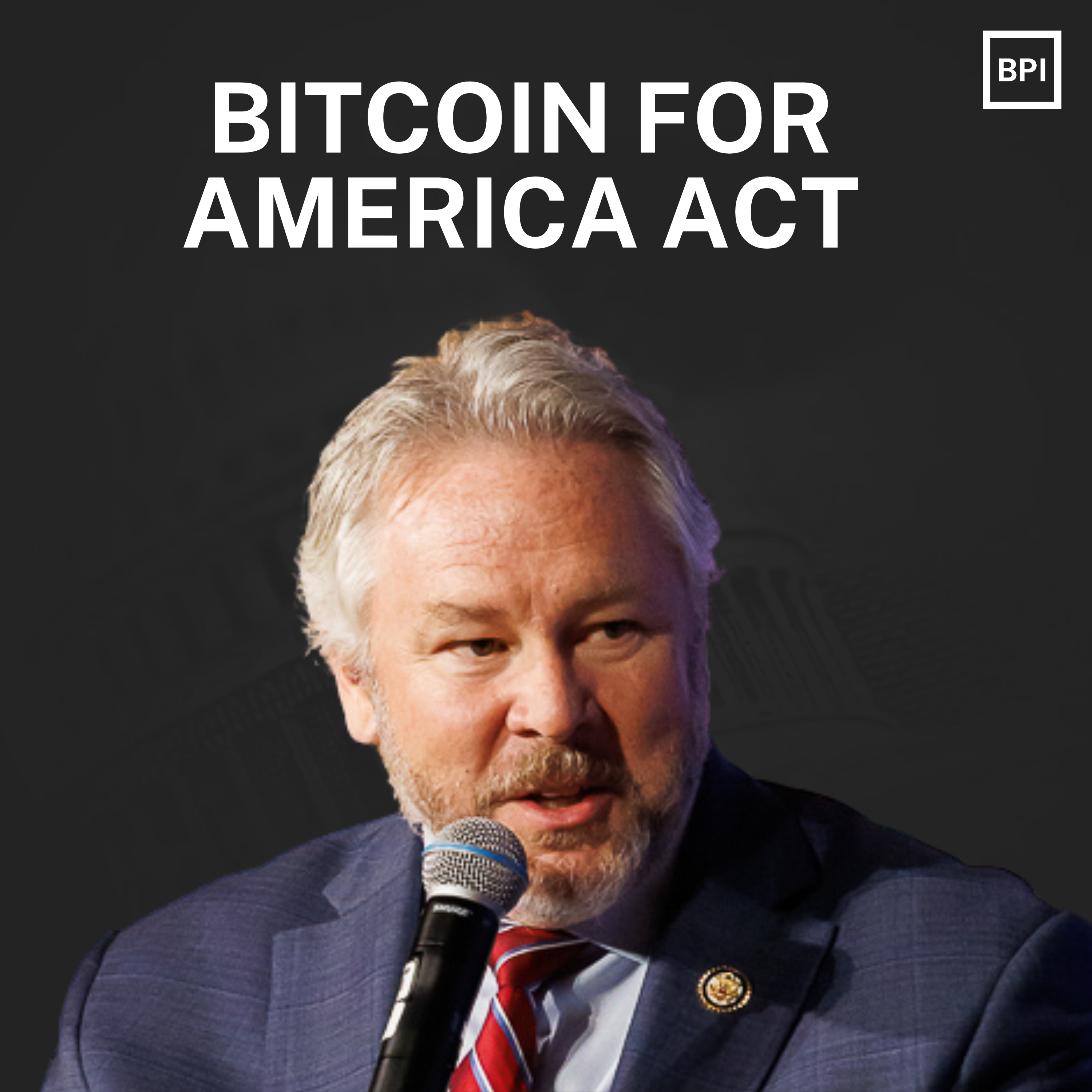Censorship and Inclusion Part 2
Dr. Bradley Rettler explores how Bitcoin resists financial censorship in Part 2 of a two-part series on Bitcoin and financial freedom.

Financial censorship involves discrimination against certain people or institutions; financial exclusion, by contrast, involves denying them entry to the financial community. Financial exclusion comes in flavors. A person might face total exclusion from one or more different kinds of financial activity. So, for example, banking might be totally inaccessible to them. Or they might have a checking account, but be unable to get credit either with a credit card, or line of credit, or mortgage. Or they might have a checking account and a credit card, but the credit card has a $1,500 maximum – and they can't get a mortgage. Or a person could have all those things, but no brokerage account, or no access to margin trading. Exclusion comes in different varieties, and in degrees.
Money is not strictly necessary for survival. You can't eat it, after all. But given the way the world is, lacking access to money makes it substantially more difficult to survive, and nearly impossible to flourish. If you can't spend, receive, or save money, you are cut off from a great many things that are part and parcel of living a good life. Having and spending money is required for water, food, housing, medicine, and more. Indeed, money is often required to exercise freedoms we hold dear, like the freedom to assemble or the freedom to practice a religion in community.
Five percent of US households don't have a bank account. They tend to be households that have a lower income, are less educated, are Black, are Hispanic, have disabilities, or are headed by a single mother. Adjusting for income level, Black and Hispanic households are 8x more likely not to have a bank account. Some of them don't have a bank account because they distrust banks, either with their money or with their personal data.
As you might guess, it's not the wealthy who are excluded through all of these measures. It's the poor and marginalized. The financial system excludes people who are already disadvantaged.
Bitcoin is a solution to this problem.
Bitcoin obviates much of the need for banks as a way to save. Banks hold money for people, and many choose banks because of the risk involved in holding physical cash – physical cash burns, tears, and can be stolen. Bitcoin neither burns nor tears. And it is much more difficult to steal than physical cash.
Bitcoin completely obviates the need for payment processors for sending and receiving payments, as we saw in Part I. People can send and receive bitcoin directly without involving an intermediary.
Because the Bitcoin blockchain contains merely addresses and amounts, and because it involves no authorities, nobody is in a position to deny access to anybody else – regardless of their gender, sex, sexual orientation, class, wealth, age, race, ethnicity, and so on. Bitcoin is wholly unable to discriminate, and nobody in the Bitcoin network has enough power to discriminate using bitcoin. When people say that bitcoin is "permissionless", they mean that absolutely anyone in the world can mine bitcoin, run a bitcoin node, and send and receive transactions.
The empirical data supports the theoretical argument. Among investors under age 40, 38% of Black investors own bitcoin, compared to 29% of White investors. Meanwhile,13% of Black and 11% of Hispanic adults lack a bank account, compared to 6% of adults overall. Around 35% of cryptocurrency users have annual household income under $60k. Thus, Black, Hispanic, and low-income people are overrepresented in bitcoin and underrepresented in banks. These are people that the financial infrastructure is not designed to support, and they've sought out bitcoin to use as a medium of exchange and a place to store wealth.
In order not to exclude, a monetary system must be unable to exclude. Otherwise, history shows, it will eventually be used as a means of exclusion. Bitcoin is unable to exclude, by its very nature.



.svg)



.png)
%20copy%205.png)
